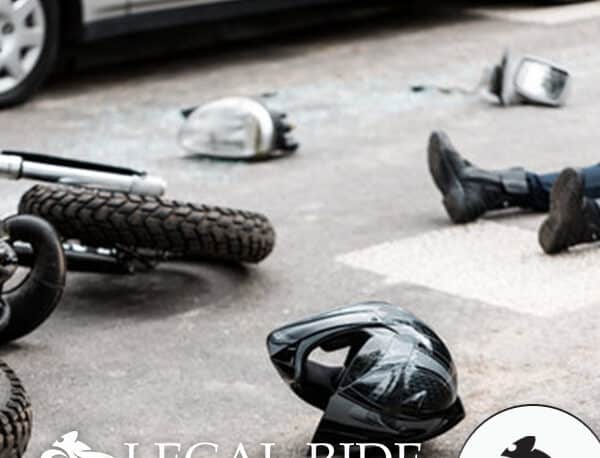As riders, we are uniquely susceptible to certain injuries in accidents that people in cars are not. Lower extremity (thigh, knee, calf, ankle and foot) are some of the most common injuries riders suffer. In America, we receive more injuries on our left lower limbs, because we drive on the right hand side of the road and therefore, cars are more likely to hit us on our left side. In countries that drive on the left side of the road, the opposite is true. That is something I had not ever thought about before, even tho I once worked on a case where two riders hit each other nearly head-on and each had significant left leg injuries. So this info makes a lot of sense.
As far as the type of injuries, fractures (73%) represented the most common lower limb injuries across all the studies I read. 61% of fractures are closed (meaning no bones poked out of the skin), and 39% were open (bones coming through the skin).
After fractures, the next most common injuries were dislocation/subluxation (12%), meaning bones are not lining up or have moved out of their proper oreintation, rotated, etc.), laceration/abrasions (9%) (cuts, avulsions or skin peeled back, punctures, etc.), 4% were sprains/strain and 1% were traumatic amputations (amputated partially or fully in the accident, not in surgery). The sprain/strain statistic stood out in my mind, bc many of our clients initially chose not to see a doctor when they think its “just a sprain” but the studies show worse recovery rates the longer someone waits to seek medical treatment.
The most common type of fractures are the shaft of tibia (43%), femur, (20%), fractures around the ankle (13%) and knee (7%).
As far as treatment, 36% underwent surgery and 64% were non-surgical. The most common surgeries were wound debridement (cutting away dead or damaged skin), installation of an external fixator for immobilization of fractures after the initial debridement (a cage on the outside of the leg with rods running into the leg to hold the bones in place), open reduction and internal fixation (ORIF) of fractures (plates and/or rods and screws inside the leg or bone), split thickness skin grafting (SSG), ankle arthrodesis (ankle fusion), below knee amputation, hemiarthroplasty of the hip (replacement of half the hip joint) and fasciotomy for compartment syndrome (cutting tissue open to relieve pressure).
The important thing to take from this information, once again, is gear. Boots designed for riding have lateral stiffening systems to protect against dislocations and subluxations, rotational injuries that destroy the ankle and cause open fractures of the lower leg bones, and provide good protection against abrasions, avulsions and other skin injuries. Pants designed for riding have padding and armor, kevlar lining to protect against heat transfer from sliding on asphalt and to prevent tearing. Some injuries are impossible to protect against, such as blunt forces like a car running directly into your leg. But others are preventable with gear.
Legal Ride Personal Injury & Criminal Defense Attorneys Nevada are former insurane defense trial lawyers who now only represent injured people and we all are heavily experienced handling motorcycle accident cases in particular. Our bigger results are detailed on the legalride.com website, including trail and verdicts as well as settlement outcomes.

